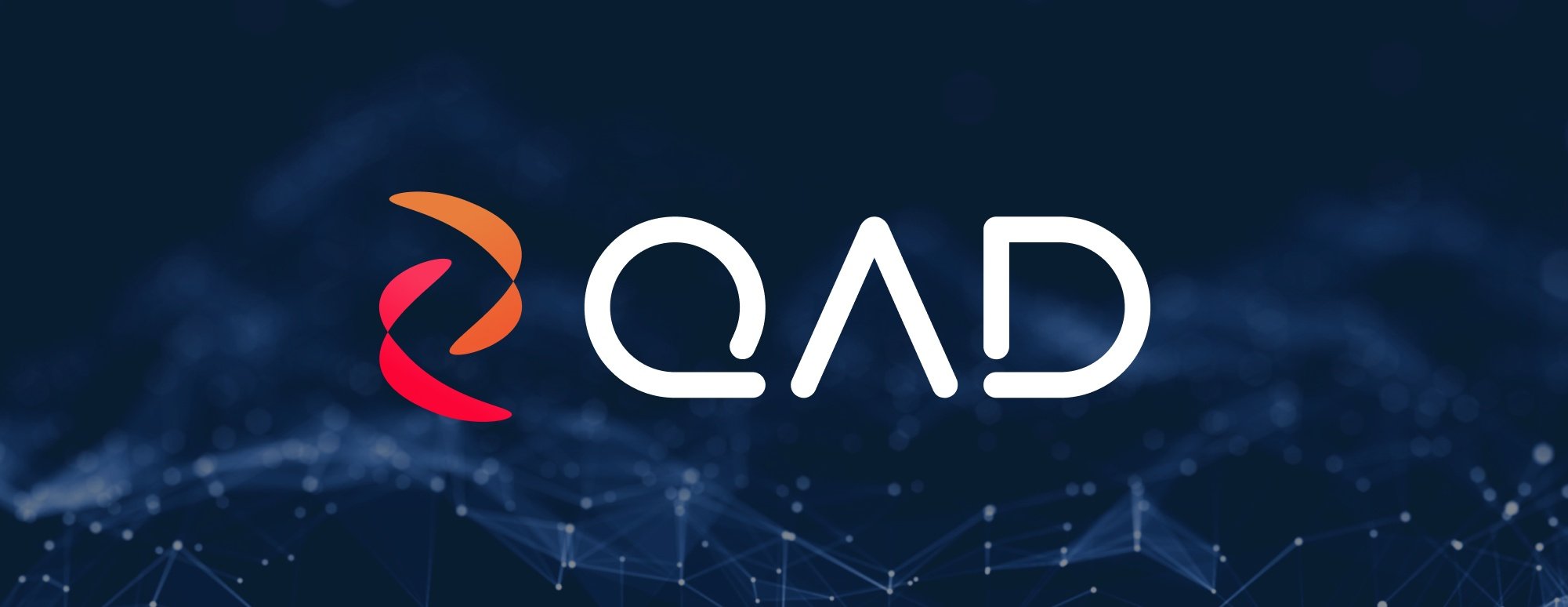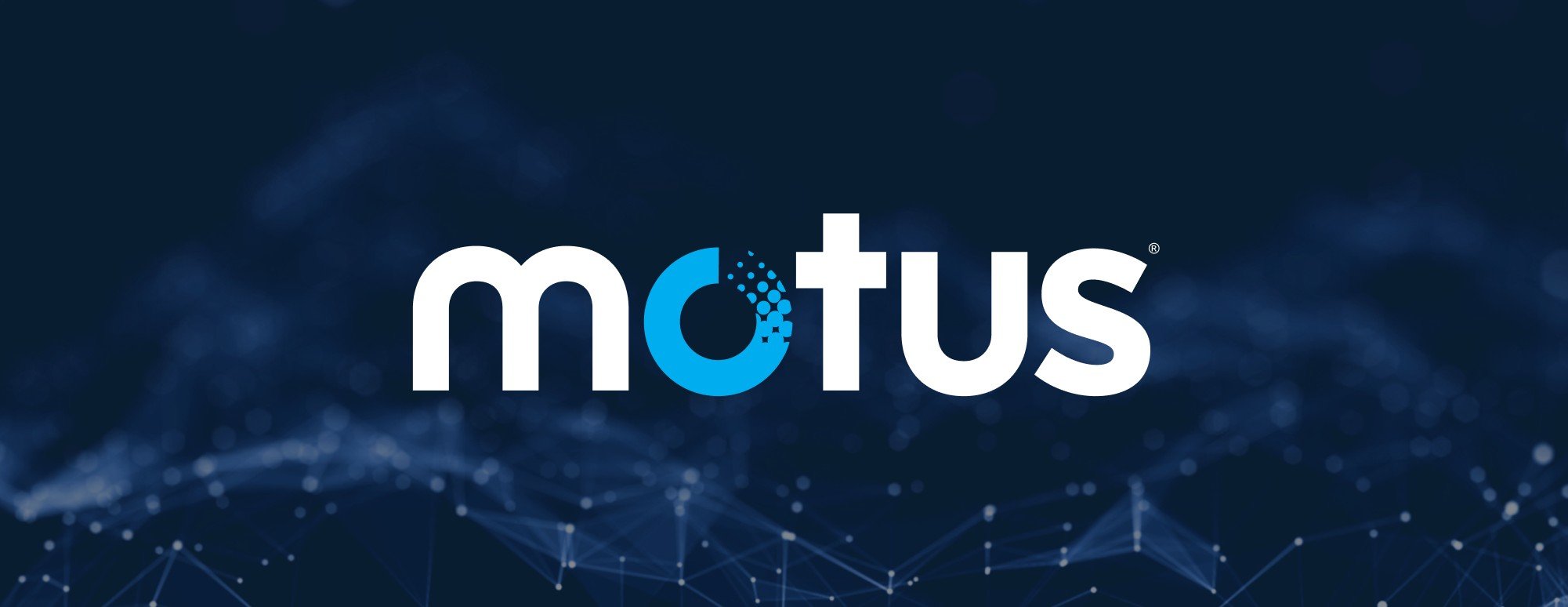Healthcare
Our healthcare specialists understand how exceedingly difficult it is to achieve consistent organic growth in the healthcare industry. We have a long track record of helping healthcare leaders set, meet and even exceed revenue goals by identifying realistic business opportunities that enhance enterprise value.

Embracing Innovation Through
Challenges
Go-to-Market Strategy
In a crowded and constricting marketplace, proper positioning is an imperative for growth. A thoroughly researched go-to-market strategy creates a path to revenue growth and value creation.
Innovation
Technology is not a strategy. Understanding how and when to use new tools to deliver an exceptional customer experience or drive revenue is essential to remain on the leading edge.
Commercial Productivity
Gain a clear view of individual and group data within your sales team, to personalize your coaching to develop individual skills and strengths as well as creating an environment for sales success.
Are you ready to innovate? We will guide you.
Client
testimonial
SBI’s systematic approach to revenue prioritization has given us the opportunity to make gains in many facets of our business, from product development to market analysis to sales leadership, all of which have contributed to our continued growth.
President
Healthcare operations company
1 / 3
Our work,
our guarantee
Healthcare
This healthcare services company saw an opportunity created by Healthcare Reform and sought to pilot a direct selling model.
Estimated revenue upliftHealthcare
This healthcare company was experiencing flat to below-market growth and needed changes in their sales organization.
Estimated revenue upliftOur team is built
from experience

-
Partners
Former GTM practitioners who have held C-suite positions at some of the world's largest companies. A trusted partner in your value creation journey.
-
Growth Advisors
Through the SBI Pro advisory service, Growth Advisors are available to provide unbiased, expert insights based on your specific GTM challenges.
-
Engagement Managers
GTM experts managing the day-to-day ensuring that client objectives and SBI deliverables are aligned at every moment for remarkable outcomes.
-
Consultants
Work side-by-side in the room with your team assessing, guiding, and executing on your biggest growth bets.
Every need requires a
unique approach
SBI services complement each other, providing a comprehensive solution tailored to the client's growth stage.
Are you ready for your value creation journey? We will guide you.
Healthcare - driven
Insights
Discover the latest insights that power your growth goals.











